
Objective:
To configure the Astro project to serve content in multiple languages (English and Indonesian), ensuring that each page is rendered with the correct HTML lang attribute (en or id). This is the foundational step for multi-language SEO and accessibility.
This guide covers the initial setup without implementing translationKey or hreflang tags, which are part of an advanced SEO strategy for linking translations.
1. Content Organization#
The project uses a directory-based approach to separate content by language.
-
English (Default): English articles reside directly within the
src/content/blog/directory.- Example path:
src/content/blog/my-english-post/index.md - Resulting URL:
https://your-site.com/blog/my-english-post
- Example path:
-
Indonesian: All Indonesian articles must be placed inside a dedicated
idsubdirectory.- Example path:
src/content/blog/id/postingan-indonesia-saya/index.md - Resulting URL:
https://your-site.com/blog/id/postingan-indonesia-saya
- Example path:
2. Content Schema Configuration#
To track the language of each article, a language field must be added to the blog collection schema.
File: src/content.config.ts
// src/content.config.ts
import { defineCollection, z } from 'astro:content';
const blogCollection = defineCollection({
type: 'content',
schema: ({ image }) =>
z.object({
// ... other fields like title, description, etc.
// Add this line
language: z.string().optional(), // Defines the language of the post
// ... other fields
}),
});
export const collections = {
blog: blogCollection,
// ... other collections
};language: z.string().optional(): This defines a new, optionallanguagefield for all blog posts. It’s marked as optional so that older English posts without this field won’t cause build errors.
3. Propagating the language Attribute Through Layouts#
The core of this setup is passing the language value from the Markdown frontmatter up through the chain of nested Astro layouts until it reaches the final <html> tag.
Step 3a: Page Level ([...id].astro)#
This page reads the frontmatter and starts passing the language prop.
File: src/pages/blog/[...id].astro
// src/pages/blog/[...id].astro
---
// ... imports
export async function getStaticPaths() { /* ... */ }
const { post, posts } = Astro.props;
const { Content, headings, remarkPluginFrontmatter } = await render(post);
// Extract language from the post's frontmatter
const { language } = post.data;
---
{/* Pass the extracted language as a prop to PostLayout */}
<PostLayout {post} {posts} {headings} {remarkPluginFrontmatter} language={language}>
<Content />
</PostLayout>Step 3b: Post Layout (BlogPost.astro)#
This layout acts as a middleman, receiving the language prop and passing it to the main PageLayout.
File: src/layouts/BlogPost.astro
// src/layouts/BlogPost.astro
---
// ... imports
interface Props {
// ... other props
language?: string; // Define the prop to be received
}
const {
// ... other props
language, // Receive the language prop
} = Astro.props;
// ... other logic
---
{/* Pass the language prop up to PageLayout */}
<PageLayout
meta={{ /* ... */ }}
highlightColor={primaryColor}
back='/blog'
language={language}
>
{/* ... rest of the layout */}
</PageLayout>Step 3c: Content Layout (ContentLayout.astro)#
This is likely another middleman layout. It must also be modified to accept and pass on the language prop.
File: src/layouts/ContentLayout.astro
// src/layouts/ContentLayout.astro
---
// ... imports
import BaseLayout from '@/layouts/BaseLayout.astro';
interface Props {
// ... other props
language?: string; // Define the prop
}
const { meta, highlightColor, back, language } = Astro.props; // Receive the prop
---
{/* Pass the language prop to the final BaseLayout */}
<BaseLayout meta={meta} highlightColor={highlightColor} language={language}>
<slot />
</BaseLayout>Step 3d: Base Layout (BaseLayout.astro)#
This is the final and most important step. This layout receives the language prop and uses it to dynamically set the lang attribute on the <html> tag.
File: src/layouts/BaseLayout.astro
// src/layouts/BaseLayout.astro
---
// ... imports
import config from '@/site-config';
interface Props {
// ... other props
language?: string; // Define the final prop
}
const {
// ... other props
// Receive the language prop, with a fallback to the site's default language
language = config.locale.lang,
} = Astro.props;
---
{/* Use the dynamic language variable here */}
<html lang={language}>
<head>
{/* ... */}
</head>
<body>
{/* ... */}
</body>
</html>4. Creating Content#
With the setup complete, you can now create content with the correct frontmatter.
English Post Example:
---
title: "A Guide to SQLi"
description: "A practical guide."
language: "en"
---
English content goes here...Indonesian Post Example:
---
title: "Panduan SQLi"
description: "Panduan praktis."
language: "id"
---
Konten Bahasa Indonesia di sini...Conclusion#
By following these steps, the project is now correctly configured to handle multiple languages. Each page will have the appropriate lang attribute, improving both SEO and accessibility. The next logical step for advanced SEO would be to implement a translationKey and hreflang tags to link translated pages together.